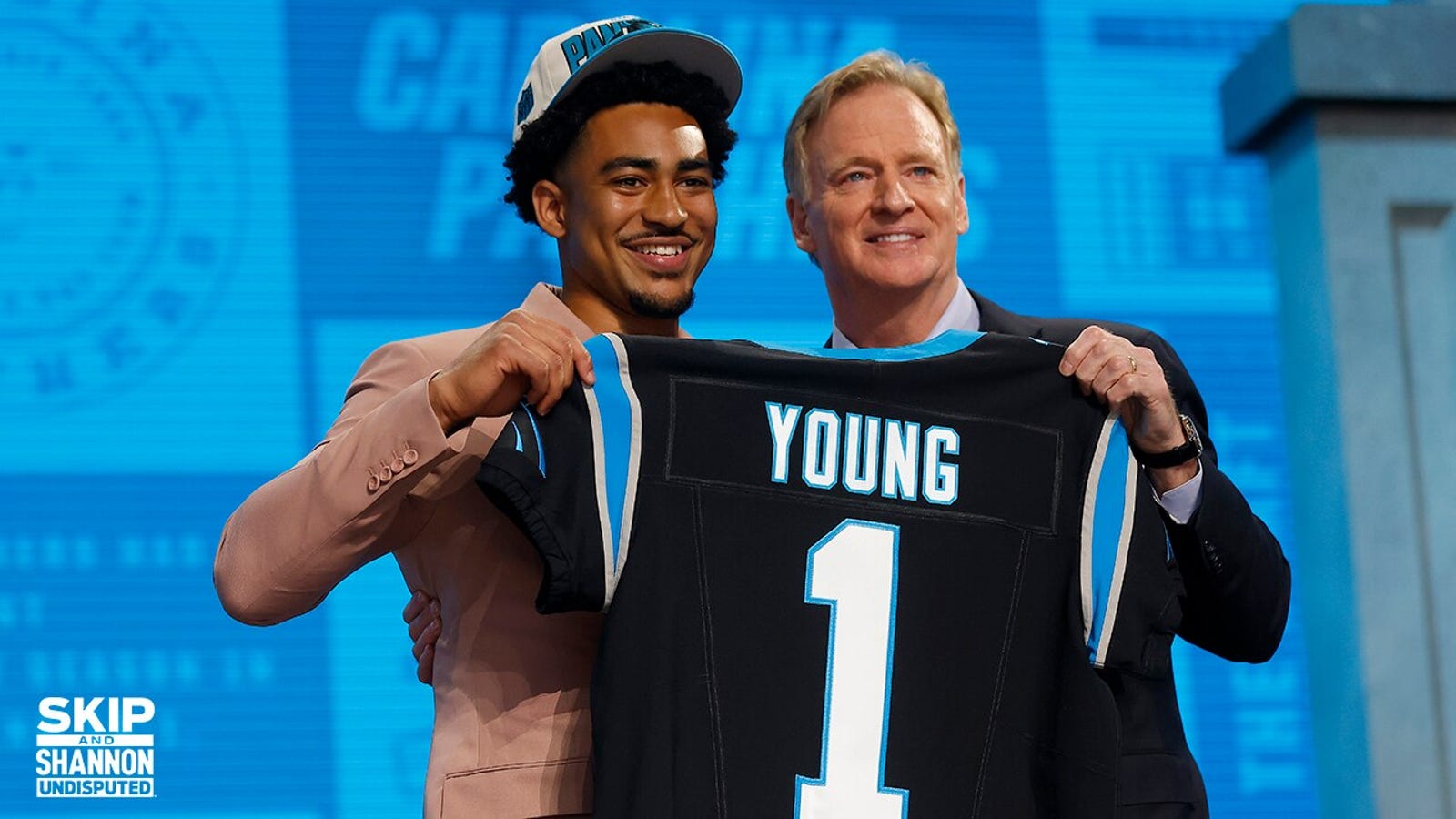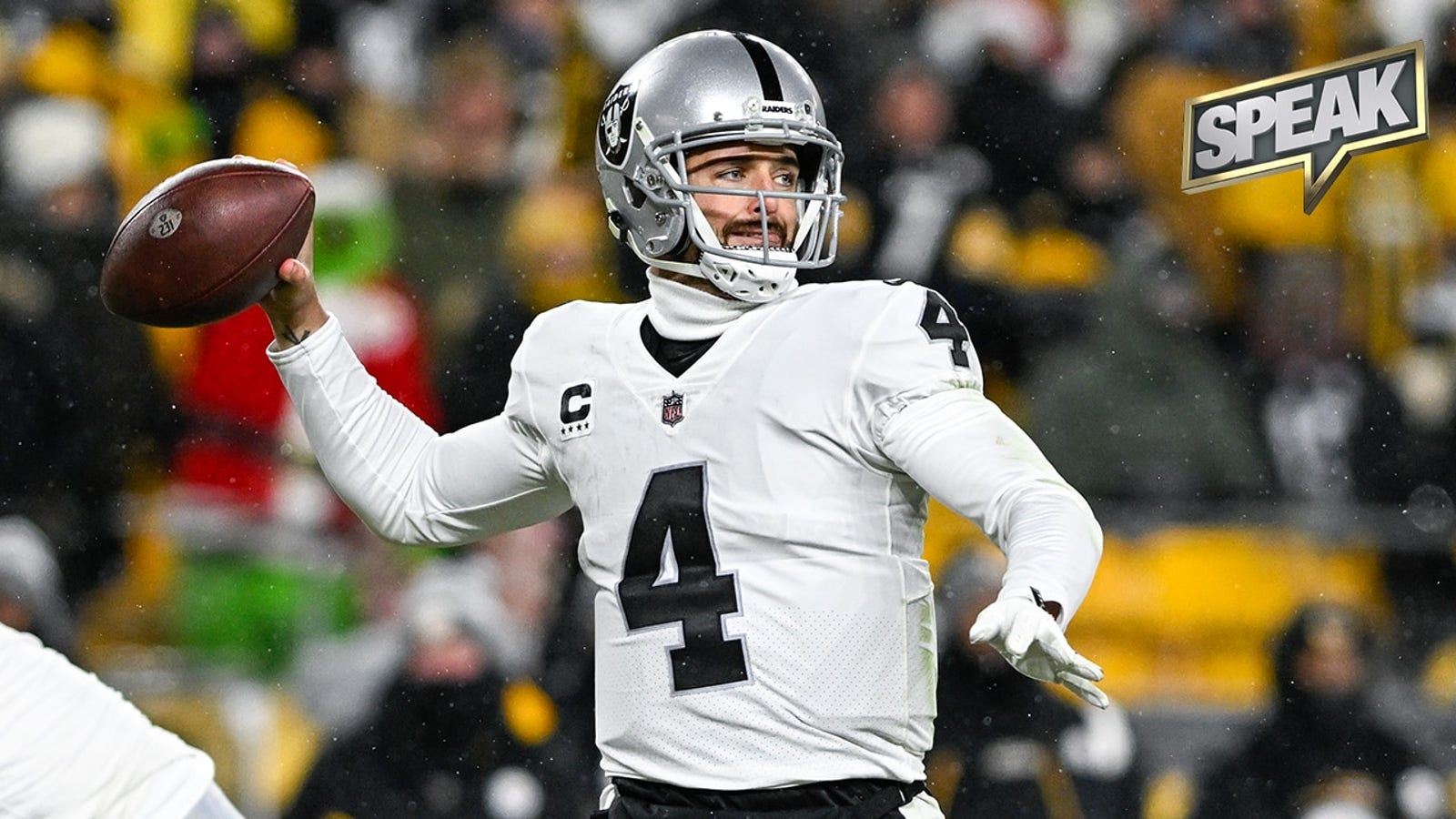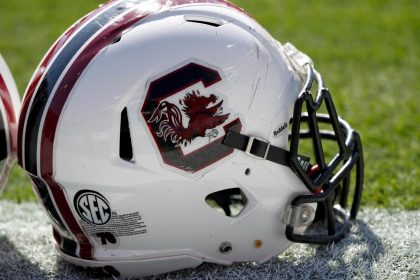NFL teams have begun OTA (organized team activity) workouts this week, and with all four NFC South squads having at least one new coordinator on their coaching staffs, it’s an important time to install and implement new schemes all over the division.
That process already started over the past month in offseason workouts, but the OTAs offer 10 days over three weeks to show plays and concepts on the field, with mandatory minicamp following in June as the last tuneup before more than a month off for a break before training camp.
As such, it’s a good time to look at what has been an enormously busy offseason in the NFC South and to show which teams have been most active in adding talent to their rosters, both in free agency and the draft. Carolina has a new coaching staff with Frank Reich taking over, Tampa Bay has a new offensive coordinator in Dave Canales, Atlanta got its defensive coordinator in Ryan Nielsen from New Orleans, which now has Al Woods running its defense.
The division is expected to be closely contested again this fall, and much of that could hinge on which teams are best able to introduce and master new schemes on at least one side of the ball. Changing coordinators and swapping out half the starters on one side of the ball will inevitably be a work in progress. Of the 12 divisional games most important to the final standings, just four are in the first 11 weeks of the season, with the other eight in the final seven weeks, when teams should have established new identities.
There are lots of ways to quantity continuity from one year to the next, and it’s important to also point out that in a division in which no team had a winning record last season, it might not be a bad thing to have some churn and turnover on the roster. We’ll use 2022 starts as a metric for how much talent teams added and lost in this offseason. For reference, the division added 21 veterans who started 10 or more games last season, with the Panthers (8) and Falcons (7) having the large majority of those, compared to the Bucs (4) and Saints (2).
Most veteran talent added: Panthers and Falcons
We knew Atlanta had significant salary-cap space available and Carolina was busy after a coaching change, and the numbers illustrate that well. The Panthers added 12 players who started a combined 132 games last season — that’s the equivalent of one third of an NFL team just in newcomers — and the Falcons weren’t far behind, adding 11 players who had 124 starts. Atlanta’s defense alone added 90 starts from last season, keeping in mind a team’s entire defense has 187 starts in a season.
ADVERTISEMENT
The Bucs and Saints, limited by salary-cap limitations, were much less active in free agency, each adding only four players with more than three starts last season. Tampa Bay added six players totaling 55 starts, and New Orleans added seven players totaling 53 starts — both less than half what Atlanta and Carolina were able to add. In both cases, quarterbacks were the most prominent additions, with the Saints spending big to acquire Derek Carr and the Bucs being more frugal in adding Baker Mayfield.
Carolina and Atlanta were also able to make the biggest splashes in the draft, with the Panthers dealing up to get the No. 1 overall pick and taking Alabama quarterback Bryce Young, while the Falcons used the No. 8 pick to grab Texas running back Bijan Robinson. Those two should be the two most impactful rookies in the division, with Tampa Bay (Calijah Kancey) and New Orleans (Bryan Bresee) both using their first-round picks on defensive linemen.
Continuity: How much starting experience returns?
Atlanta and Carolina also have the highest percentage of last year’s offensive and defensive starters back under contract — the Falcons have 74.3% of theirs back for 2023 and the Panthers are close behind at 73.5%. New Orleans has 70.9%, while Tampa Bay is well behind at 63.9%.
That’s just the current numbers with 90-man rosters across the league, knowing there could be higher levels of turnover at the end of August when final cuts are made and players counted as returning veterans right now could wind up not sticking with the team.
Another way of expressing continuity and returning experience is the number of players who started at least one game for each team last year and now return. Here, New Orleans leads the way with 32, followed by Carolina (29), Atlanta (28) and Tampa Bay (23). Limit that to players who started multiple games and return, and the four teams are still in the same order.
Which unit, offensive or defensive, has the most starts back? That’s Carolina’s defense, which brings back 79% of its defensive starts from 2022, the only losses with double-digit starts being defensive lineman Matt Ioannidis (still unsigned) and safety Myles Hartsfield (signed for league minimum with 49ers). The unit with the fewest back? Tampa Bay’s offense, which has just 61% of its starts back, losing quarterback Tom Brady to retirement, offensive linemen Donovan Smith and Shaq Mason in cap-related moves and leading rusher Leonard Fournette as well.
Which position groups return the most and least
If you break it down by position, there are more glaring disparities in how much is back from 2022. The Saints, for instance, had the NFL’s No. 2 pass defense in yards allowed, and they have a division-best 83% of their secondary starts back for 2023. The Bucs, by comparison, had the No. 9 pass defense but now return only 59%, with safeties Mike Edwards, Keanu Neal and Logan Ryan all gone, as well as corner Sean Murphy-Bunting.
Defensive front seven? The Saints had the division’s worst run defense, ranking 24th in the league, and they return just 52% of their defensive starters between the line and linebackers, with the other three teams returning at least 70% there.
With any substantial change, you have to ask whether a team had to lose players or wanted to lose players. Take offensive line: The Saints and Panthers have remarkably high levels of returning starts there, with New Orleans bringing back 80 of last year’s 85 starts (94%) and Carolina bringing back 81 of 87 (93%) — those two ranked 18th and 21st, respectively, in sack percentage allowed. Tampa Bay, which had the lowest sack percentage in the league (in part thanks to Brady’s quick release) but now return just 57% of its offensive line starts from a year ago. Atlanta brings back 84% of its offensive line starts, but from a group that ranked 26th in sack percentage allowed.
Net result: Wide disparities in returning experience
Add up the total starts gained in free agency and trades to the returning cast of players, and you get a total number that reflects the combined 2022 NFL starts for each team. This shows a more substantial divide between four teams that all finished within a game of each other in the 2022 final standings: Carolina has a combined 407 starts from last season, Atlanta close behind at 402, then a big dropoff to New Orleans (318) and Tampa Bay (284).
The Bucs in particular will have a much younger team this fall, and not just because they’re swapping a 45-year-old quarterback for a starter in his 20s. Of Tampa Bay’s 13 oldest players from 2022, only two are back under contract for this upcoming season in linebacker Lavonte David and center Ryan Jensen. The Bucs will go from the oldest team in the NFL last year to one of its youngest in 2023, the challenge being keeping close to last year’s 8-9 record and competing for another division title.
Greg Auman is FOX Sports’ NFC South reporter, covering the Buccaneers, Falcons, Panthers and Saints. He is in his 10th season covering the Bucs and the NFL full-time, having spent time at the Tampa Bay Times and The Athletic. You can follow him on Twitter at @gregauman.
NFL trending

Get more from National Football League Follow your favorites to get information about games, news and more












